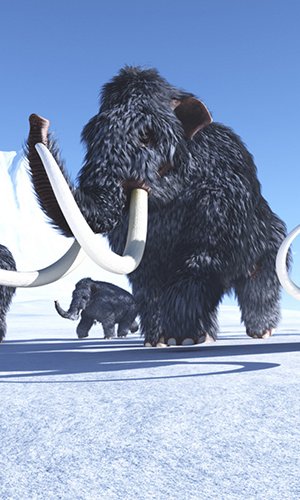An international team of scientists has successfully mapped and reconstructed the three-dimensional DNA structure of a woolly mammoth that lived 52,000 years ago, using an extraordinarily well-preserved skin sample. This unprecedented discovery offers a detailed overview of the mammoth genome, revealing information on genes and genetic differences with its modern relatives: elephants. The exceptional preservation of DNA is attributed to a natural freeze-drying process that occurred in the permafrost, permanently frozen ground. Shortly after death, the mammoth's body was covered by sediment that soon turned into permafrost. The low temperatures of the tundra stabilised the molecules, while the dehydration caused by the dry atmosphere prevented decomposing organisms from destroying cells and tissues. This process made the skin sample more resistant than leather. It is not clear how common these conditions are. There are probably other fossils, not only of mammoths, that have been preserved as well as the 52,000-year-old sample.
Understanding how ancient species have adapted to changing environments can provide useful information for modern conservation efforts. For example, identifying the genes responsible for cold adaptation in mammoths could help understand the vulnerability of modern species to climate change. This discovery opens up new avenues for understanding the evolution, adaptation and conservation of species.



